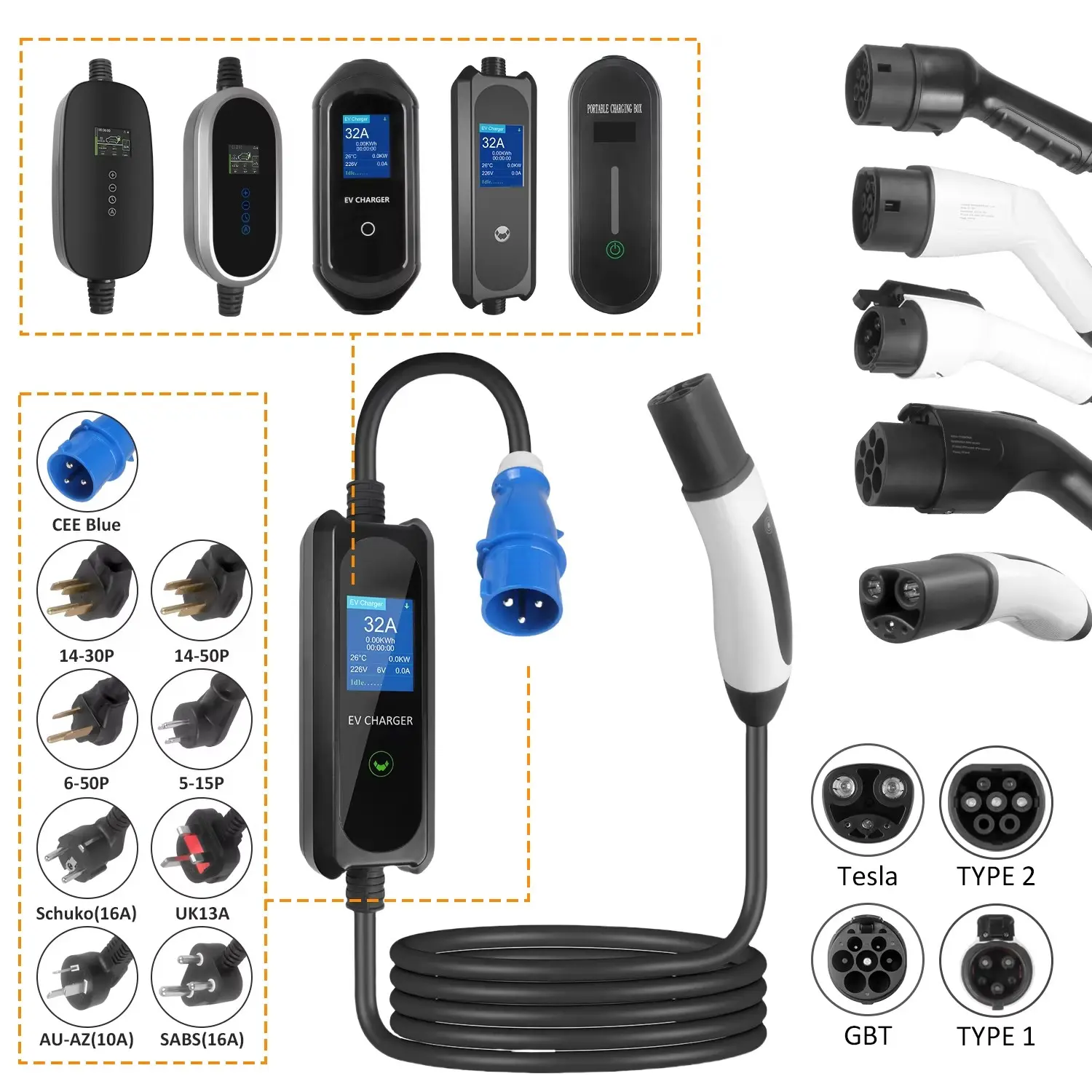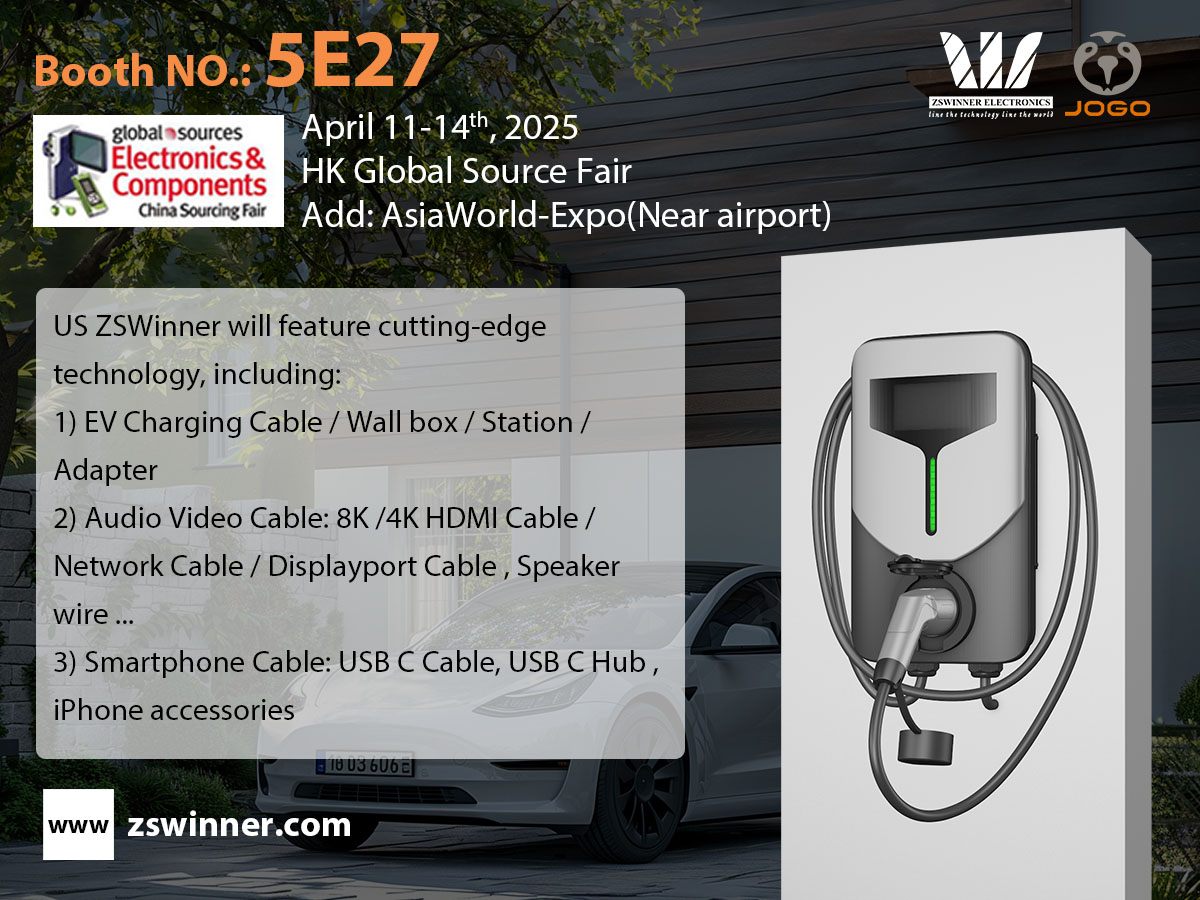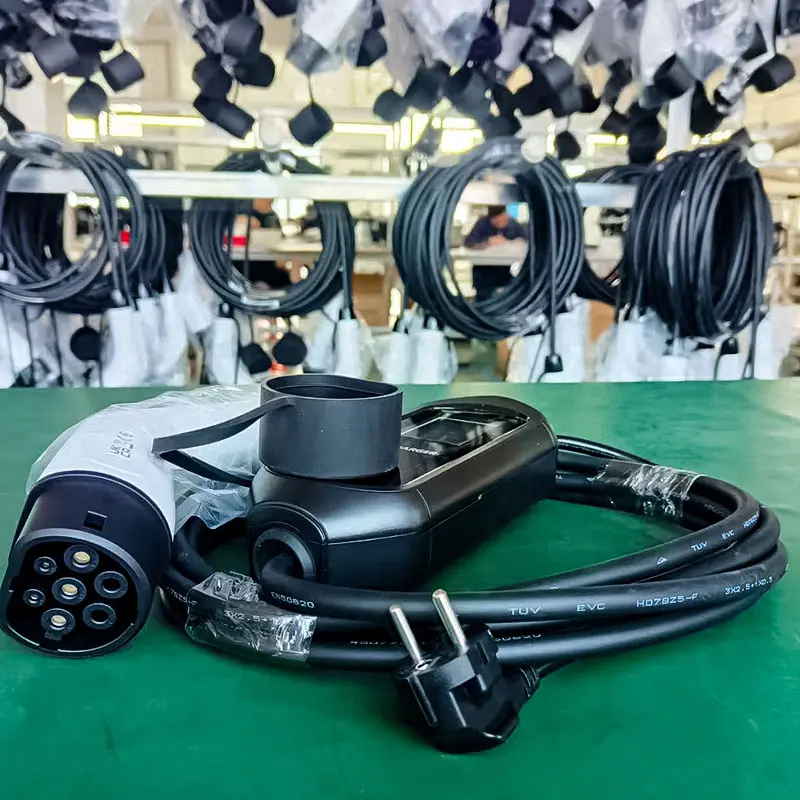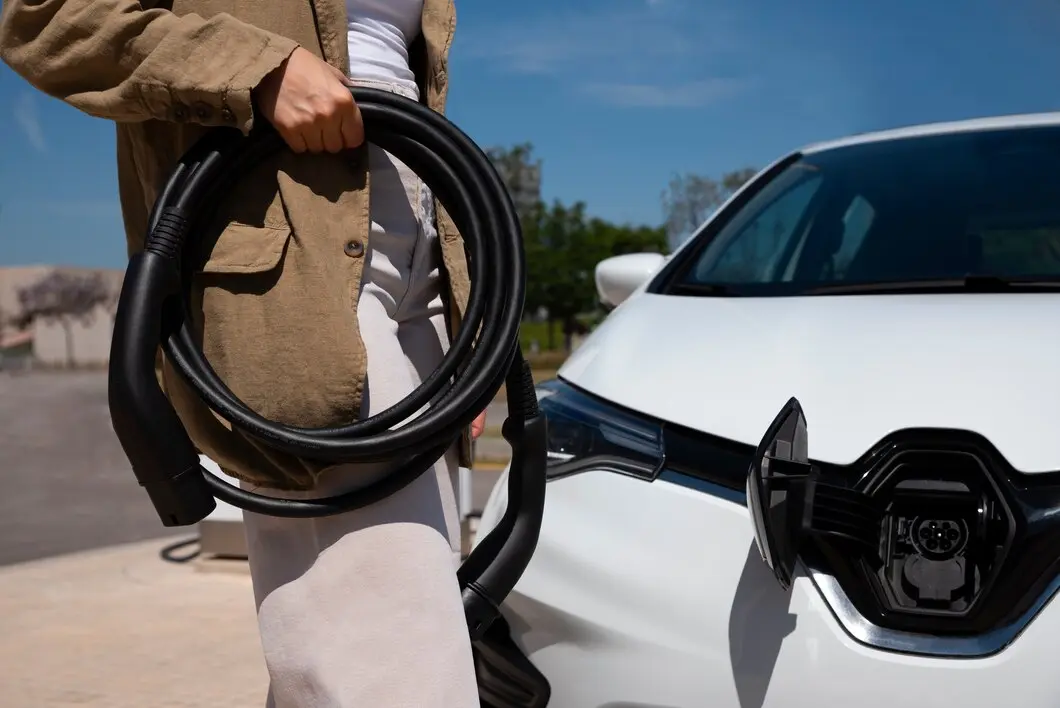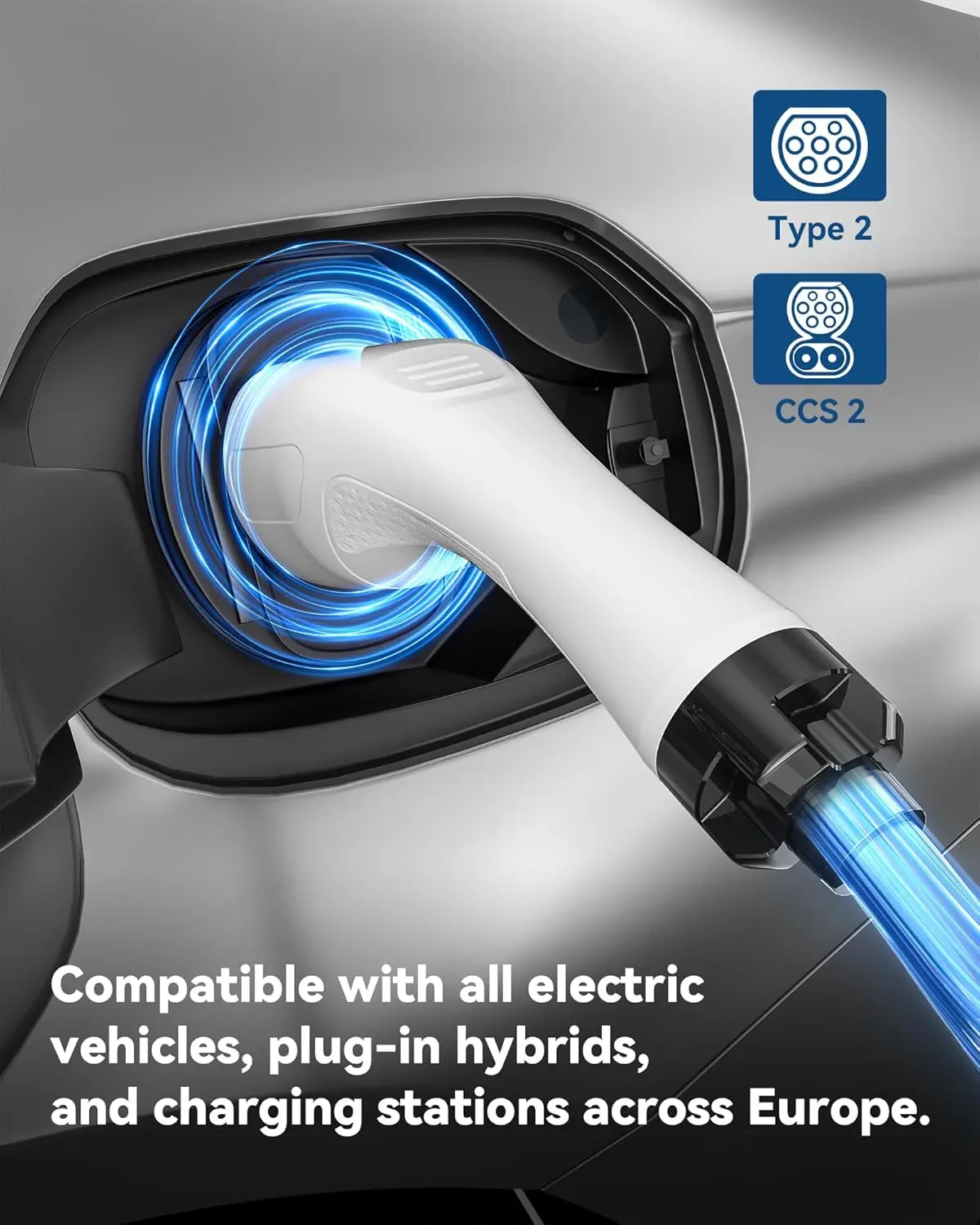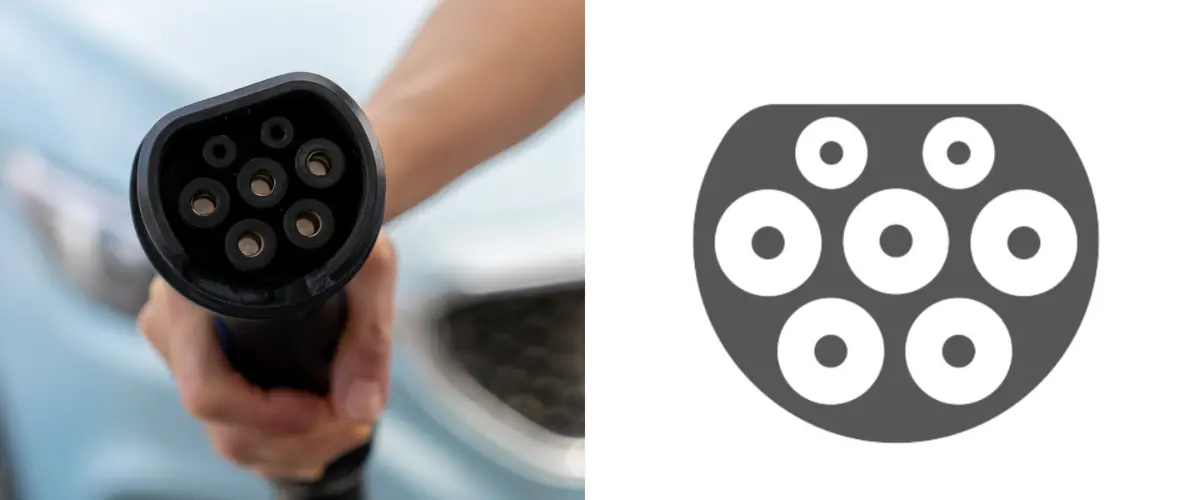How to Choose the Best Mode 3 EV Charging Cable: A Guide to Expertise and Market Trends
1. Understanding the "Mode" Charging System
The charging system for electric vehicles is divided into several "Mode" types: Mode 1, Mode 2, Mode 3, and Mode 4. Each mode has different functions and applicable scenarios. In this article, we focus on Mode 3 charging cables, as they are the most common and widely preferred charging standard in the market.
- **Mode 1 Charging:** Mode 1 is the earliest charging mode, typically using standard household outlets for single-phase AC power. However, due to insufficient safety features and slower charging speeds, Mode 1 has been phased out and is no longer recommended.
- **Mode 2 Charging:** Mode 2 is a portable charging option that connects an electric vehicle to a regular socket. While it offers some convenience, it is slower than other charging methods, which makes it less suitable for frequent use.
- **Mode 3 Charging:** Mode 3 is the current standard for EV charging. It is used in public charging stations as well as for home and workplace installations with dedicated charging stations. Mode 3 charging cables typically provide higher charging power, faster charging speeds, and better safety features.
- **Mode 4 Charging:** Mode 4 refers to DC fast charging (DCFC) stations, which are typically found along highways and in quick-charging networks. While Mode 4 offers extremely fast charging speeds, the infrastructure and installation costs are higher.
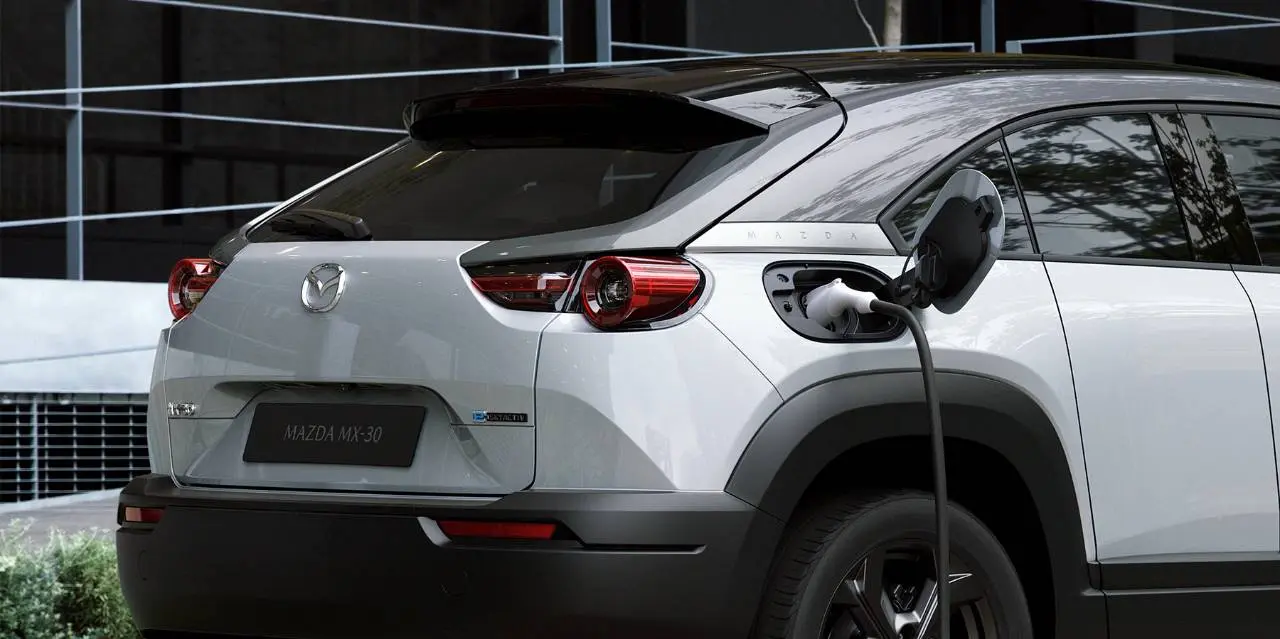
2. Why Choose a Mode 3 EV Charging Cable?
Mode 3 charging cables have become the standard for EV charging, and there are several reasons why they are highly recommended:
2.1 Efficient Charging Speeds
Mode 3 charging cables support higher power output, typically ranging from 3.7 kW to 22 kW for AC power. For most users, this means a much faster charging process, ensuring that EV owners can quickly replenish their batteries and meet their daily driving needs. In contrast, Mode 1 and Mode 2 charging speeds are much slower, which may take several hours to fully charge the battery.
2.2 Enhanced Safety
Mode 3 charging systems come with a variety of safety features to ensure the vehicle and charging station are secure. For example, Mode 3 cables use a safety communication protocol that constantly monitors the charging process. If any irregularities are detected, the charging process will be automatically halted, reducing risks such as short circuits, overloads, or overheating.
2.3 Broad Compatibility
Mode 3 charging cables are not only compatible with home charging stations but also with most public charging stations. Whether you're using a public charging point in the city or a charging station along a highway, Mode 3 cables are typically supported. This makes Mode 3 the preferred charging solution for EV owners.
2.4 Long-Term Reliability and Low Maintenance Costs
Mode 3 charging systems are built with long-term reliability in mind, ensuring that the charging cable and charging station will serve the user effectively over time. Additionally, the installation and maintenance costs for Mode 3 charging stations are relatively low, making it an attractive option for both individual and commercial users.

3. Key Considerations When Choosing a Mode 3 Charging Cable
While Mode 3 EV charging cables are widely used, there are a few key factors consumers should consider before making their selection:
3.1 Matching Charging Power
Different electric vehicles have different battery capacities and charging requirements. Therefore, when selecting a Mode 3 charging cable, it is essential to ensure that the charging station's power output matches the EV’s maximum charging capacity. For example, if your vehicle supports up to 22 kW of charging power, choosing a Mode 3 cable that supports higher output will significantly reduce charging times.
3.2 Cable Length
The length of the charging cable is another important factor to consider. Most Mode 3 charging cables are between 4 and 7 meters long, which is suitable for typical home or public charging scenarios. However, if your parking spot is farther from the charging station, choosing a longer cable can offer added convenience.
3.3 Certifications and Standards
When purchasing a Mode 3 charging cable, be sure to check that it complies with international or regional standards, such as the IEC 61851-1 standard and CE certification. These certifications ensure that the charging cable meets safety, environmental, and performance standards, reducing potential risks related to quality issues.
3.4 Waterproof and Dustproof Design
Most Mode 3 charging cables have an IP54 rating or higher for waterproof and dustproof protection. This makes them suitable for outdoor use, as they are less affected by rain or dust. It’s recommended to choose a cable with a higher protection rating to ensure reliable performance in all weather conditions.

4. Market Trends and Future Outlook
As global demand for environmentally-friendly and renewable energy solutions grows, the electric vehicle market is experiencing rapid growth. According to market research, electric vehicle sales are expected to account for over 30% of total global car sales by 2030. This trend is driving the expansion of charging infrastructure and the increased demand for EV-related accessories, particularly Mode 3 charging cables.
4.1 Government Policy Support
Governments in many countries are introducing policies to support the development of the electric vehicle industry, including subsidies and tax incentives for charging infrastructure development. These policies are further accelerating the adoption of Mode 3 charging cables. For example, the European Union, the United States, and China have launched national-level initiatives for EV charging infrastructure construction, which will lead to the widespread use of Mode 3 charging equipment by 2030.
4.2 Technological Innovation and Smart Features
In the future, we can expect more innovation in Mode 3 charging systems, especially in terms of smart charging features. For example, internet-connected smart charging systems will allow users to monitor charging status remotely, set charging times, and dynamically adjust charging power based on grid load. Additionally, these systems can communicate with the vehicle's battery management system to optimize the charging process.

5. Conclusion
Mode 3 EV charging cables have become the industry standard due to their efficiency, safety, and versatility. They provide faster charging speeds, enhanced security features, and broad compatibility with public and private charging stations. As the electric vehicle market continues to grow, the demand for Mode 3 charging cables will also increase, and consumers need to consider factors such as charging power, cable length, certifications, and protection ratings when making their purchase.
With ongoing technological advancements and continued government support, the future of Mode 3 charging systems is promising. Whether for individual or commercial users, investing in high-quality Mode 3 charging cables will enhance the overall EV experience and ensure a safe, efficient charging process.















